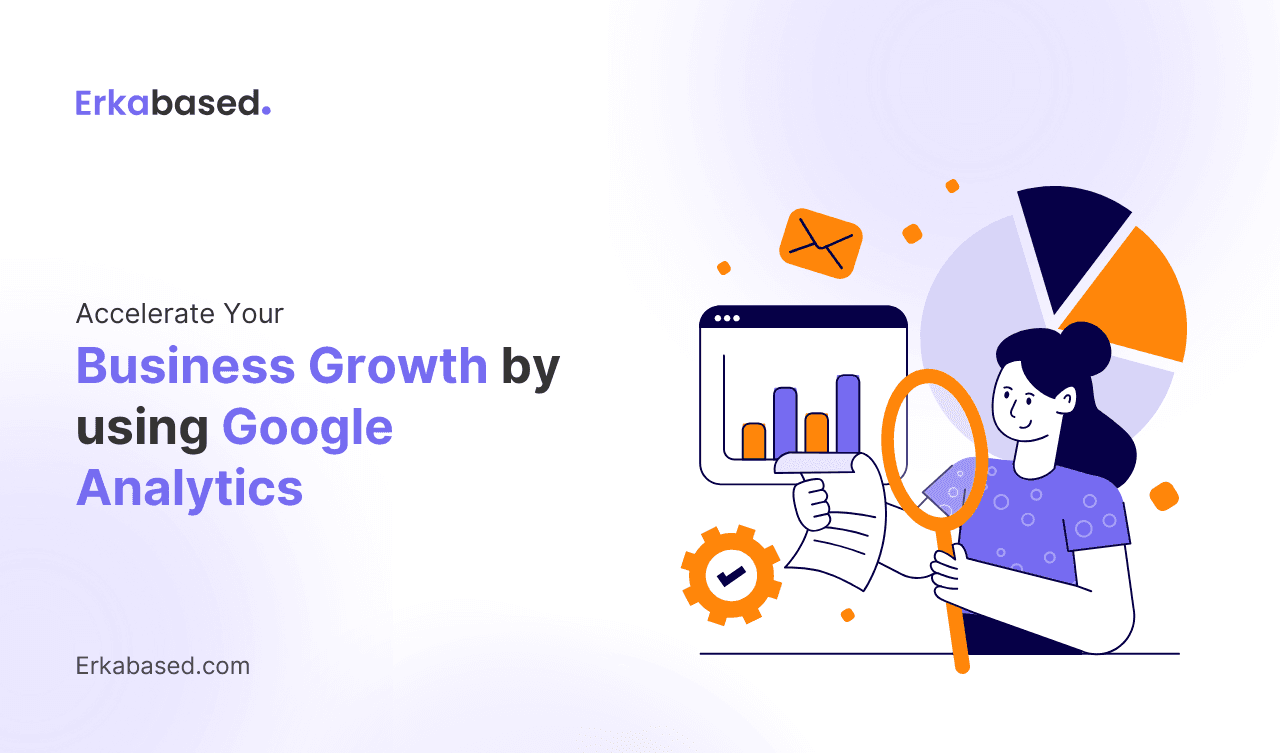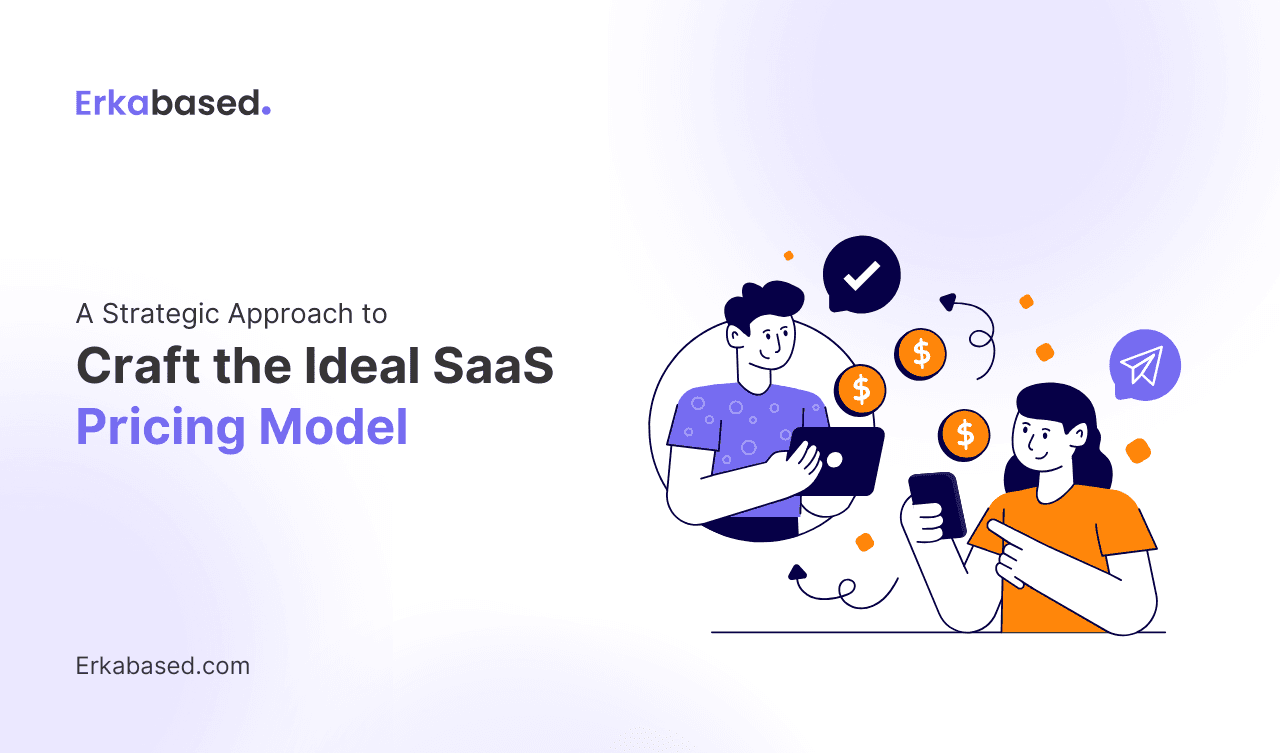Introduction
In the competitive world of SaaS, product development must be efficient, adaptable, and customer-focused. Choosing the right product development methodology is one of the most critical decisions your business will make. The chosen methodology shapes how your team operates, impacts your ability to respond to market demands, and influences the overall user experience.
With numerous methodologies available, from Agile to Waterfall to Lean, finding the right fit for your business can feel overwhelming. Each approach comes with its strengths and limitations, and not all will align with the needs of your team or your product goals.
In this article, we will explore the most common product development methodologies and provide guidance on how to select the right one for your SaaS business. By the end, you’ll have a clearer understanding of how these methodologies can help streamline your development processes and accelerate your product’s growth.
Why the Right Methodology Matters for SaaS
Product development methodologies are frameworks that guide how teams structure, plan, and execute their work. In SaaS, where customers expect frequent updates and seamless experiences, the right methodology can significantly impact your ability to deliver value. Here’s why it’s essential to choose the right approach:
- Efficiency: A structured methodology helps streamline processes, reducing wasted time and effort, which is particularly important in fast-paced SaaS environments.
- Adaptability: SaaS businesses often face evolving customer needs and market trends. Your methodology should support rapid iteration and feedback loops, ensuring you can pivot quickly when necessary.
- Product quality: Different methodologies emphasize various aspects of product development, whether it’s thorough testing, user feedback, or flexibility. Choosing the right one ensures your product is built to meet user expectations without sacrificing quality.
- Team alignment: A well-suited methodology enhances communication, fosters collaboration, and ensures that all team members are working toward a common goal.
With this foundation in mind, let’s explore the most common product development methodologies and how they can shape the success of your SaaS product.
Agile Methodology
Agile is one of the most popular methodologies for SaaS businesses, and for good reason. It emphasizes flexibility, quick iterations, and ongoing feedback from stakeholders and users. Instead of working on a product in long, linear phases, Agile breaks the process down into shorter development cycles, known as sprints. These sprints allow teams to deliver smaller, incremental updates regularly.
Key Benefits of Agile:
- Quick adaptability: Agile thrives in dynamic environments. Since development occurs in short cycles, your team can quickly pivot based on user feedback or changing market conditions.
- Continuous improvement: Agile emphasizes regular reflection and improvement. After each sprint, teams review their performance, identify challenges, and make adjustments.
- Customer-centric development: Stakeholder involvement is integral to Agile. Regular feedback loops ensure that the product continues to meet user needs throughout the development process.
- Frequent releases: Smaller, frequent releases keep customers engaged and reduce the risk of significant product issues, as changes are more manageable and can be tested thoroughly.
Challenges of Agile:
- Intensive communication: Agile requires frequent communication between team members and stakeholders, which can be resource-intensive. Daily stand-ups and sprint reviews are essential to its success.
- Scope creep: With the flexibility to adapt quickly, there’s a risk that project requirements can expand unexpectedly. Teams must manage priorities closely to avoid scope creep.
Agile is particularly well-suited for SaaS businesses that need to move quickly, continuously release new features, and rapidly adjust to customer feedback.
Waterfall Methodology
Waterfall is one of the most traditional methodologies, known for its structured, linear approach. In Waterfall, the project is divided into sequential phases, such as requirements gathering, design, development, testing, and deployment. Each phase must be completed before moving to the next, which creates a highly organized and predictable process.
Key Benefits of Waterfall:
- Clear expectations: Waterfall provides a straightforward, step-by-step process, making it easy to define project milestones, deadlines, and deliverables.
- Thorough documentation: Since each phase is completed before the next begins, teams produce comprehensive documentation at every stage. This makes Waterfall a strong choice for projects that require detailed records, such as those in heavily regulated industries.
- Predictable timelines and budgets: With Waterfall, you can set timelines and budgets with a high degree of accuracy upfront, as the project scope is clearly defined before development begins.
Challenges of Waterfall:
- Lack of flexibility: One of the biggest drawbacks of Waterfall is its rigidity. Once a phase is completed, it is difficult to make changes without redoing work. This is a significant challenge in SaaS, where user needs and technology can change rapidly.
- Delayed user feedback: Because Waterfall focuses on completing phases before testing or deployment, user feedback is typically only received late in the process, which can result in missed opportunities to refine the product early on.
Waterfall may be appropriate for SaaS businesses working on projects with well-defined requirements and little need for adaptation or continuous improvement.
Lean Methodology
Lean methodology is rooted in the concept of maximizing value while minimizing waste. For SaaS businesses, this often translates into rapidly developing a Minimum Viable Product (MVP) and continuously improving it based on user feedback. The focus is on delivering features that provide the most value to users while avoiding unnecessary features that don’t directly contribute to the product’s success.
Key Benefits of Lean:
- Speed to market: Lean encourages launching an MVP quickly, allowing your product to enter the market earlier and begin generating user feedback and revenue.
- Data-driven decisions: With Lean, you make decisions based on real-world user feedback and data, reducing the risk of building features that users don’t need or want.
- Continuous improvement: Like Agile, Lean emphasizes iteration. You’re always refining your product based on feedback, ensuring that it evolves to meet customer needs.
Challenges of Lean:
- Risk of underdevelopment: By focusing on getting an MVP out quickly, there’s a chance that the initial product may feel incomplete or lack key features. This can negatively impact users’ first impressions.
- Requires fast feedback: Lean depends on receiving user feedback quickly. Without a steady flow of data, it can be challenging to make informed decisions about which features to build next.
Lean is ideal for SaaS businesses looking to test ideas quickly, release products fast, and rely on data to drive continuous improvement.
DevOps Methodology
DevOps is a methodology that combines development and operations to improve collaboration, accelerate delivery, and ensure reliability. The goal of DevOps is to break down silos between teams, enabling them to work together more efficiently and automate as much of the development process as possible. This leads to faster release cycles, more frequent updates, and greater stability.
Key Benefits of DevOps:
- Faster delivery: DevOps encourages continuous integration and continuous delivery (CI/CD), allowing teams to release new features and updates quickly and reliably.
- Enhanced collaboration: By bringing together development and operations teams, DevOps fosters a culture of collaboration, reducing the likelihood of miscommunication and delays.
- Improved reliability: Automated testing and monitoring help identify issues early in the development process, resulting in more stable and reliable releases.
Challenges of DevOps:
- Cultural shift: Implementing DevOps requires a significant cultural shift, as development and operations teams must work more closely together. This can be challenging for teams that are used to working independently.
- Infrastructure demands: DevOps relies on robust infrastructure and automation tools, which can require significant upfront investment and ongoing management.
DevOps is well-suited for SaaS businesses that prioritize frequent updates, fast delivery, and high reliability.
Hybrid Methodologies
For many SaaS businesses, no single methodology fits perfectly. A hybrid approach allows teams to combine elements of multiple methodologies, tailoring their processes to meet specific needs. For example, a team might use Agile’s iterative development process but incorporate Waterfall’s documentation and structured planning for specific phases.
Key Benefits of Hybrid:
- Customization: Hybrid methodologies allow you to pick and choose elements that work best for your team, providing flexibility and adaptability.
- Balanced approach: By combining the strengths of different methodologies, you can create a more balanced approach to product development that caters to both speed and quality.
Challenges of Hybrid:
- Complexity: Managing multiple methodologies can add complexity to the development process. It requires careful planning to ensure that the different approaches work together seamlessly.
- Risk of inconsistency: Without a clear strategy, hybrid methodologies can lead to inconsistencies in how teams work, which can cause confusion and inefficiency.
A hybrid approach is ideal for SaaS businesses that want the flexibility to adapt their development processes based on project needs and team preferences.
How to Choose the Right Product Methodology
When selecting the best product methodology for your SaaS business, consider the following factors:
- Business goals: What are your priorities? If you need to release features quickly and frequently, Agile or DevOps may be the right fit. If you’re focused on efficiency and avoiding waste, Lean could be the best option.
- Team structure: How is your team organized? Smaller teams may benefit from the flexibility of Agile, while larger, more specialized teams might find DevOps or Waterfall more effective.
- Customer needs: How often do you need to update your product to meet user demands? Agile and DevOps allow for frequent releases, while Waterfall is better suited for projects with less frequent updates.
- Project complexity: Consider the complexity of your product. If your SaaS product requires detailed documentation and a structured approach, Waterfall may be a good option. For products that evolve rapidly, Agile or Lean may be more appropriate.
Conclusion
The right product methodology can have a significant impact on the success of your SaaS business. By choosing a methodology that aligns with your goals, team structure, and customer needs, you can streamline your development processes, improve product quality, and accelerate growth
At Erkabased, we understand the importance of selecting the right approach for product development. Our team of experts works closely with businesses to tailor development methodologies that meet your unique needs, ensuring that your SaaS product is built efficiently, effectively, and with purpose. Let us help you take your product to the next level.






